Dr. Kevin Conners addresses a breast cancer patient who was told she had three months to live.
The patient did not want to do chemotherapy and radiation. She had nursed a friend through that and, from her belief, the friend died of the chemo.
Dr. Conners began treating the breast cancer patient, focusing on the immune system and nutrition.
Also part of the regimen was the Rife machine, which Dr. Conners says, “is a big piece of what we do now, and why most people seek us out now, is because of our expertise in the Rife.”
“That was a little over 20 years ago, she lived for 13 more years and died of a heart attack,” he notes. “That was a great success story.”
Dr. Conners said the clinic has upgraded and now uses two different types of Rife machines.
“What makes us really different is that we send people home with a programmed Rife machine that they're using every night after they leave the clinic,” he explained. “That is probably the most unique thing about us and what we do.
“There are other pieces of therapy that we have in our office that some other clinics have, for maybe different reasons than treating cancer, because they're good for the body. But it's sending people home with a very specific program on their Rife to use for their body that makes us the most unique.”
Dr. Kevin Conner became fascinated with Rife technology when he was in school. Once he began treating cancer patients — “I had the brochure taped to the wall in front of my desk,” he says — it was a Holy Spirit moment.
“I felt like God said, ‘What would you do if you had cancer?'” Dr. Conners says. “And my answer was, ‘Well, I'd have a Rife at home.'
“And literally that was just a light bulb moment.”
Dr. Conners changed his treatment program, moving away from strictly office-based treatment to a Rife-centric approach where patients are home-based.
“It made it less expensive for the patient because we're not having to see them as often,” he says. “We could see people from out of state, out of town, they didn't have to be local to us. We didn't have to worry about setting them up for six weeks or 12 weeks or whatever. We didn't have to worry about them coming in six weeks and then six months later, having to come back for another six weeks. The cost of that could be atrocious.
“This is what I would do if I had cancer: I'd be using a Rife at home. … That's really how we formulated our program and why we do what we do. I'm not knocking anybody else's program, it's probably wonderful, but those are the reasons why we do what we do.”

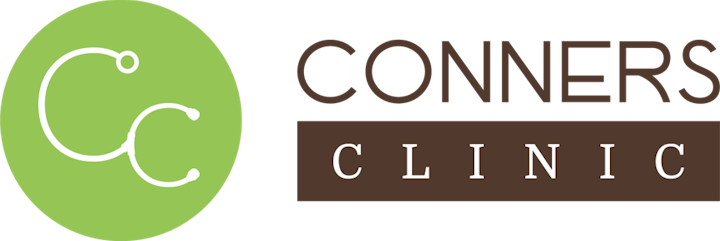
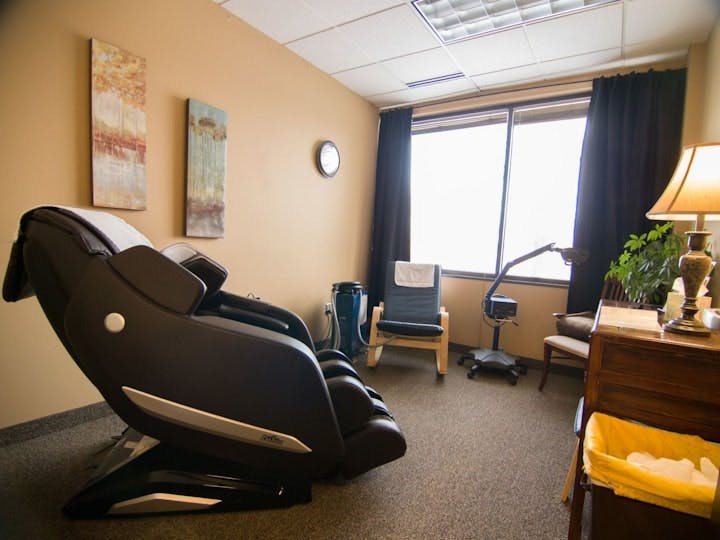

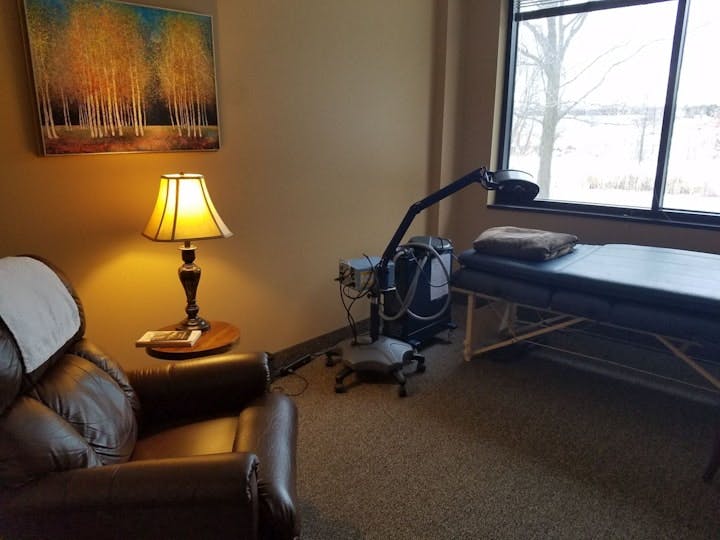


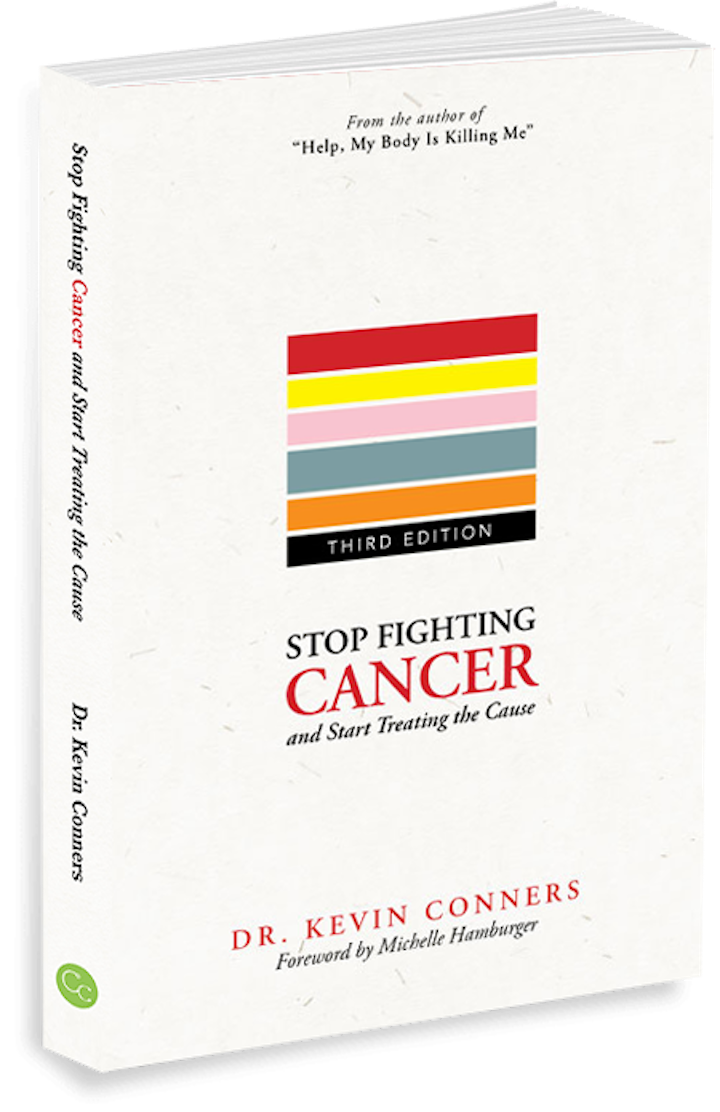

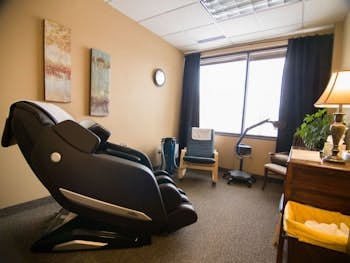

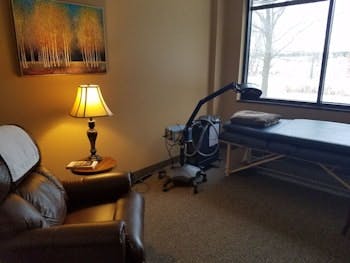


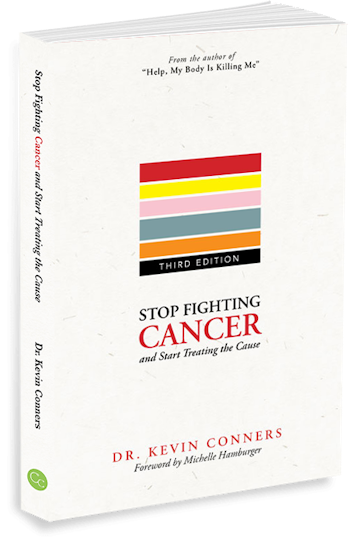


.svg)










